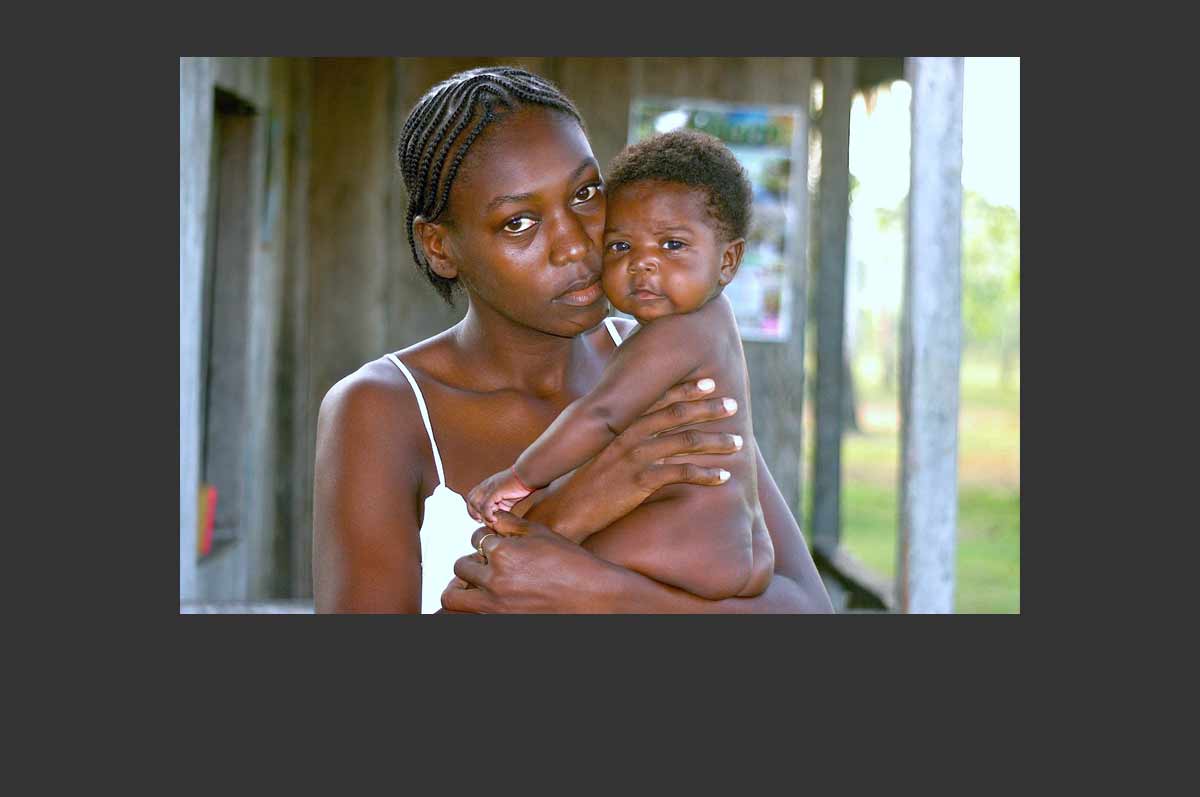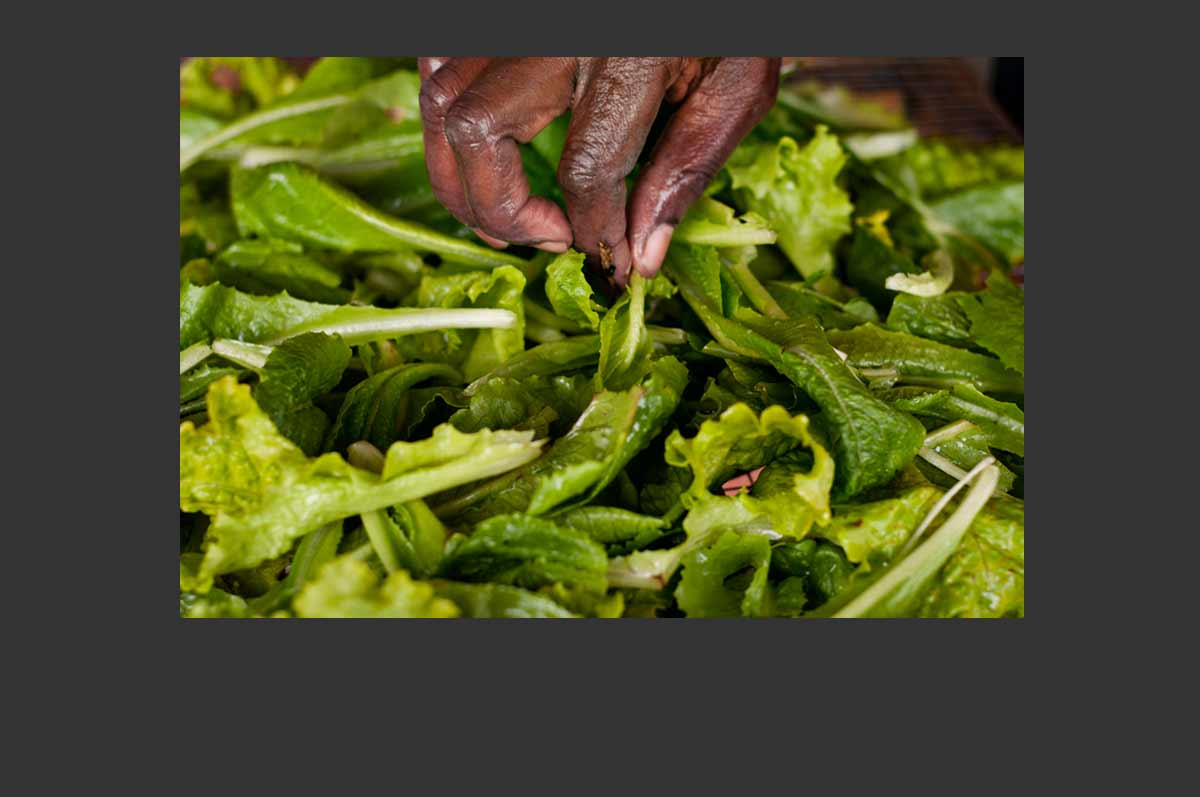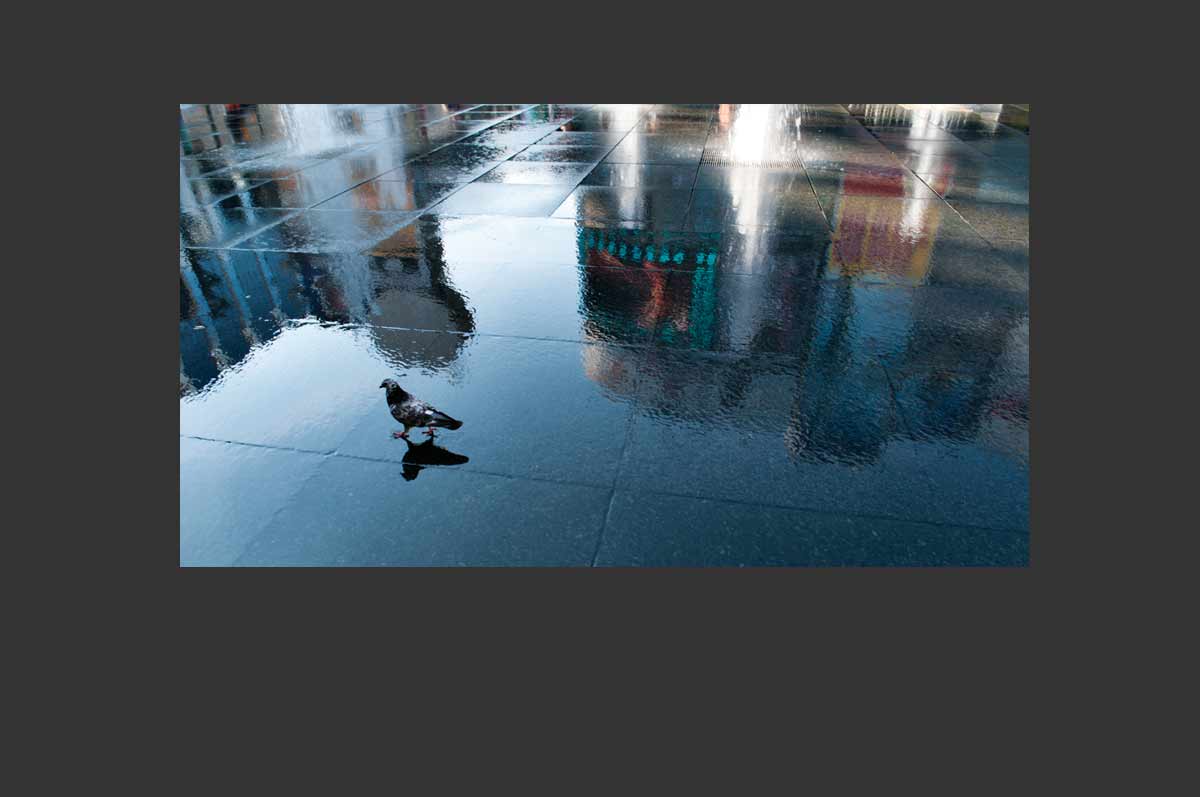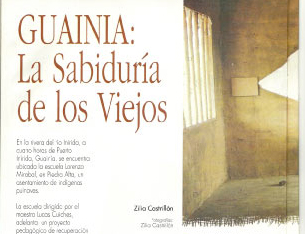Resistance Communities in Choco
In Cacarica River Basin over four thousand people were brutally displaced in 1997. A military and paramilitary action called "Operation Genesis" deployed for a week with bombings, burning of houses and killing, resulted in a massive displacement that have not ended totally but has been resisted by Afro-descendant communities who fought for their land in the highly biodiverse forests of the Lower Atrato in Chocó. Gallery





